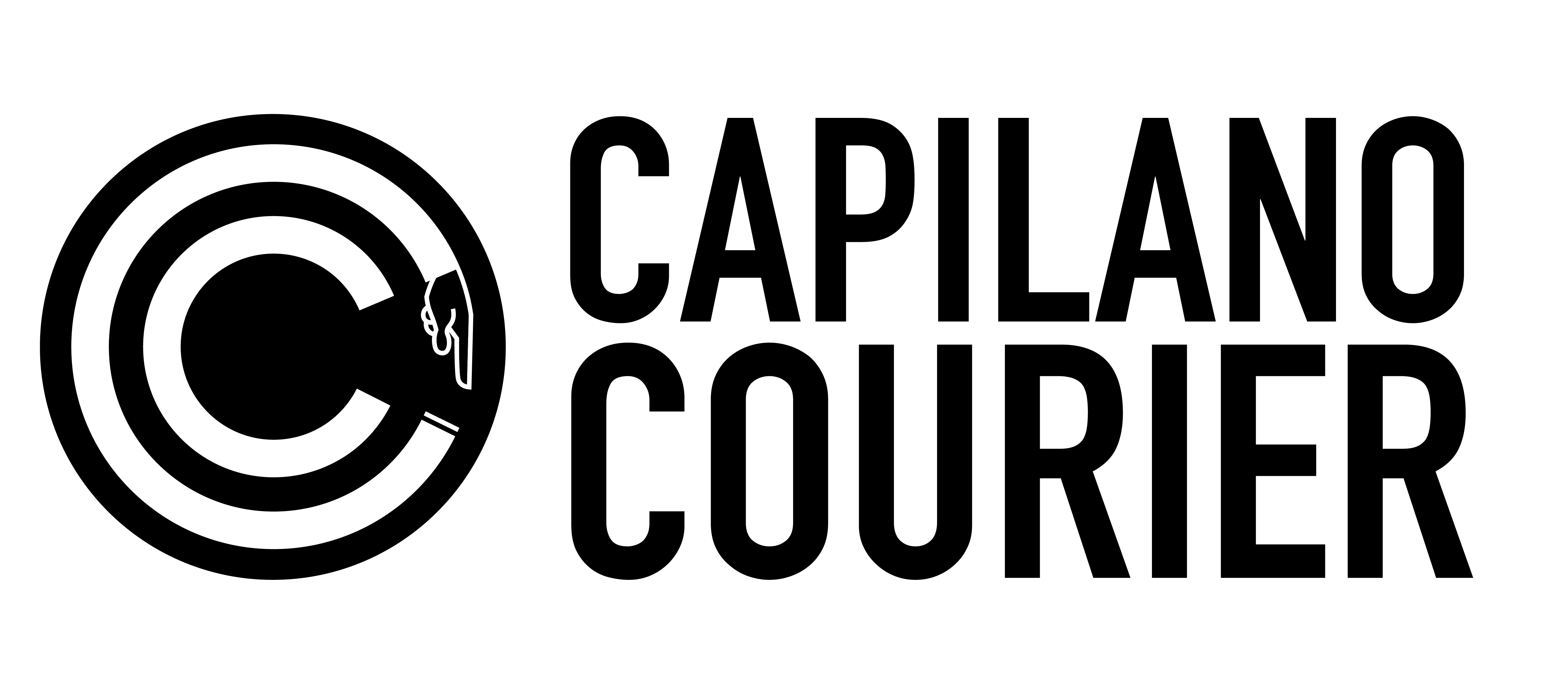Tamia Thompson // Columnist
Despite being the most digestible way to consume information at the moment, memes take up a lot of space in our minds and daily interactions in 2020. Sometimes they just seem to exist in a humorous vacuum, but they are quite possibly the central force in post-postmodern art circulating political ideologies.
Collectively, all of the people using social media globally (including yourself) at any minute are contributing to the transference of over 41 million messages. Think about how many times you’ve seen a meme remade to change the message being given, like the “Change My Mind” meme that was originally a photo of a right-wing conservative podcaster. Now, think about how many TikTok videos you’ve seen where catchy music plays as a stranger tells you about political affairs? It can get confusing when we try to make sense of our screen time, but memes are impactful in how we have come to mock or react to ourselves and the powers that be. Diving into how we can expand our knowledge with memes, or the reiterated and relatable ideas we share with each other, can be a powerful catalyst for learning more about the world around us.
Digital culture and online communities have been churning out political art for the past decade. The expansion of online interfaces, from computers to phones, have enabled better content creation. I always have a difficult time trying to grapple with the fact that through all that we choose to virtually send and share, we leave little imprints everywhere we scroll when we remix and remake existing words and images to suit ourselves. In the creation and reiteration of memes, we often forget how their contexts can be morphed away from our intentions.
When people around the web talk about instances of digital blackface or the idea that there’s a broad and nonsensical appropriation of language happening with African American Vernacular English, for example, we see red flags thrown to investigate our behaviour in consuming all of the remixed content that we do. It’s beginning to ring truer every day that people don’t really think outside of themselves and their screens when they log on. The cloud, the void, or whatever you call what we often think to be a collective imaginary space holding our data ultimately acts as a vast echo chamber for our good, bad, and ugly thoughts.
The range that we’ve seen in political memes has brought on the notion that there are issues that are not meant to be made into jokes or memes at all. We’ve seen COVID-19, Indigenous land rights protests, and the Black Lives Matter protests all this past year. We are being consistently reintroduced to the idea that the oppression people face, the destruction of communities, and the coalition found in hardship are not meant to be trivialized for virality. So where do we draw the line between memes and political art in a helpful sense?
In order to employ respect in the dispersal of information that we push out and take in daily, it’s important to know where our intentions lie as well as where our impacts land. And in order to do that, we all need to take a look at our own relationships with the series of life-changing protests, demonstrations, and calls for effective human rights implementations that have transpired this past year and throughout history. Reflecting on the trivialization of Breonna Taylor’s murder, the greater response has been to denounce the disrespectful memes that commodify her name and death in half-hearted calls for justice. From BreonnaCon to the liberal notions of reform that have been watering down calls for police and prison abolition, it is unfortunate to say that virtue signals and effective activism are getting mixed up. As we reckon with injustice after injustice, we must recognize that there is no time or place to seek personal gain from the hardships endured by the marginalized. Seeking justice does not equate to seeking virality.
Contrasting much of the concrete work we acknowledge to be historic acts of protest such as sit-ins and rallies, is a unique moment for the Internet in the present. You don’t need to look far into your phone to see that people across the world are creating their own easily-consumable, pastel infographics for the purpose of dispersing information and encouraging political engagement. From accessible reading lists to bail fund websites, there’s been a drastic shift in the way social media users make and interact with political content. This is especially visible in the conversations we’re having right now about land rights, voting, race, citizenship, and tragedy. Giving empathy to our neighbours and the activists doing groundwork begins with listening before we output and regurgitate anything at all. Political progression through art and media begins with holding space for those experiencing the issues we’re fighting against and centering their needs.
In Canada, politics and policy have both inspired and been causation for the amplification of memes as a form of art. The anthropocene, for Canada in particular, is something we can’t reflect on without understanding what exactly it is: our current era and the consequences we’re now seeing of the human impression on Earth. The images, words, and videos we see now are increasingly reflective of that, whether they be a humorous meme pointing nihilistically at the end of the world or an Instagram post with 10 slides addressing . Hell, Canadians have been creating tons of memes for years that boost our opinions about climate justice while demonstrating just how divided our political landscape really is. Now, we must continue to call into question our own sense of belonging here through the content we create for ourselves as Canadians. this nation’s participation in the devastating effects of climate change. Hell, Canadians have been creating tons of memes for years that boost our opinions about climate justice while demonstrating just how divided our political landscape really is. Now, we must continue to call into question our own sense of belonging here through the content we create for ourselves as Canadians.





